 Facebook
Facebook
 X
X
 Instagram
Instagram
 TikTok
TikTok
 Youtube
Youtube
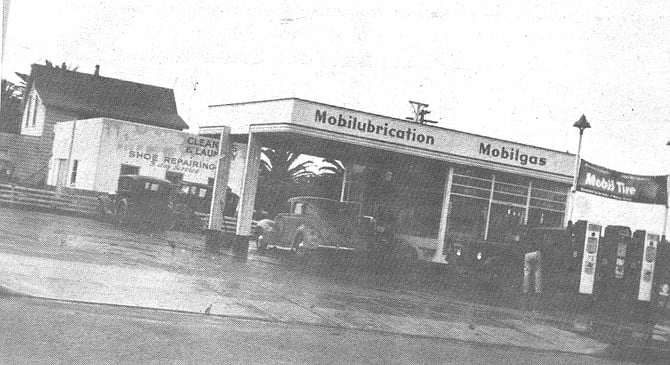
During the war, Bob recalls, "A-card owners got four gallons of gas a week. We had tires ordered when the business opened, but when the war came, they put them all in a government warehouse. It was several years before we could get tires. We just patched tires around here, put patches on patches. And we fixed a lot of parts — you couldn't run out and buy a new one in those days.”
By Carol Bowers, Dec. 3, 1992 | Read full article

In 1880 it ended up in front of the Phoenix Saloon on Sixth Avenue. The city fathers told the saloon’s proprietor to move the gun back to Old Town. He got it as far as the empty lot between Second and Third avenues and E and F streets when one of the big wheels fell off. One night between Christmas and New Year, friends of a newlywed groom decided to celebrate by firing the cannon.
By Neal Matthews, Oct. 21, 1982 | Read full article
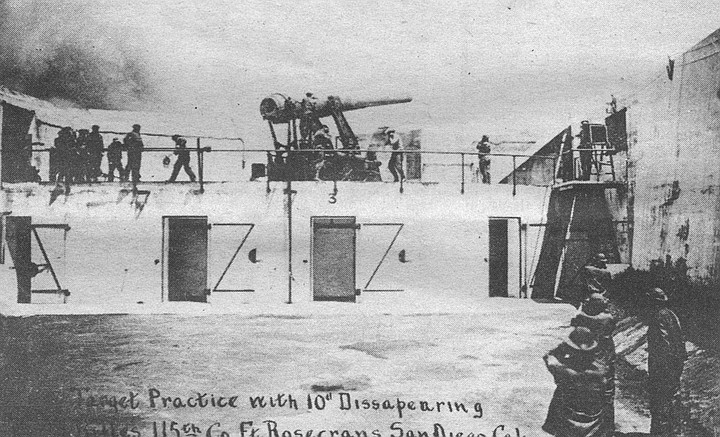
Battery Ashburn is probably the most accessible of the batteries; it even has a sign on Catalina Boulevard announcing its presence. When active, Ashburn’s 16-inch guns were capable of propelling a one-ton projectile 25 miles out to sea. Because of the tremendous quakes caused by the guns’ blast, the walls of the battery near the gun sites are eight feet think, to protect its interior and to keep the face of the cliff from being blown off.
By Michelle Lequin, April 28, 1977 | Read full article

“We thought we were going to the Manzinar camp, which had just been opened up in the Owens Valley,” according to Allan Koba. “Twenty-four hours later we found ourselves at the Santa Anita raceway.” Santa Anita was one of a dozen race tracks and fairgrounds converted to temporary assembly areas for the Japanese internees. Allowed only what possessions they could carry in one hand, the Japanese tried to make liveable homes out of the horse stalls.
By David Helvarg, Oct. 20, 1977 | Read full article
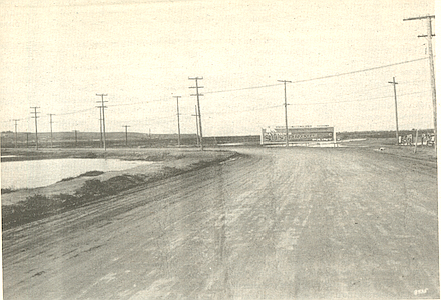
By the late 1960s, the only Frontier structures that still remained were two war-era public schools, Barnard Elementary and the Midway Continuation High School. The city council had finally managed to wipe out the wartime housing units, but it hadn’t done it with a grand commercial park or exposition. It did it through piecemeal development—a strip-mall here, a Sports Arena there — and by waging political struggles that went on for 20 years.
By Margot Sheehan, Sept. 10, 1992 | Read full article
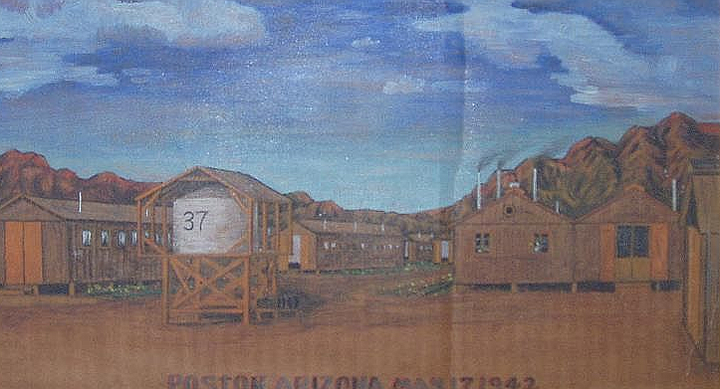
The camp management controlled all news from the outside, and maps of Arizona were forbidden. Although the Nikki built libraries and founded organizations — boy and girl scouts, for example — and a school system and bootlegged liquor, Estes cautions: “It would be a mistake of major proportions to assume that the Nikki happily settled down and accepted their status at Poston, or the other facilities.... The internment placed harsh constraints upon all segments of-the community.”
By Jeff Smith, July 1, 1999 | Read full article
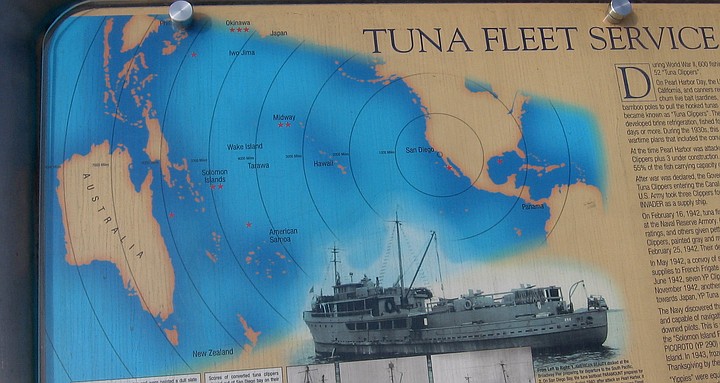
“We carried meat and vegetables from Pearl Harbor all over the central Pacific. We ran to Midway, French Frigate Shoals, and to Johnston, Fanning, Christmas, Palmyra, and Canton Island, like an express. Sometimes we’d come back from an 1800-mile jaunt, load up with ‘pork chops,’ and go right out again.” The most popular nickname came from the crews. They didn’t know how to wear their uniforms, “didn’t know how to salute, didn’t know how to do anything.”
By Jeff Smith, July 15, 1999 | Read full article
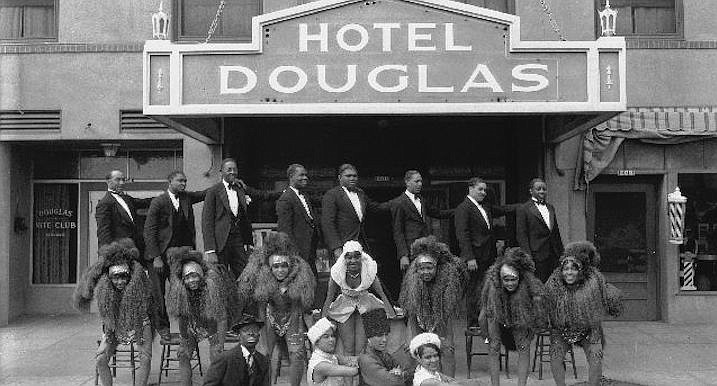
Patrons danced the Lindy Hop, the Black Bottom, the Shimmy, and the Susie Q, and the Palace came to be known, in the minds of many, as “Cotton Club West.” But the Cotton Club had a whites-only policy, and the Douglas didn’t. On weekends, a higher cover-charge and higher drink prices created a predominantly white audience for the floor shows.
By Jeff Smith, Aug. 5, 1999 | Read full article


During the war, Bob recalls, "A-card owners got four gallons of gas a week. We had tires ordered when the business opened, but when the war came, they put them all in a government warehouse. It was several years before we could get tires. We just patched tires around here, put patches on patches. And we fixed a lot of parts — you couldn't run out and buy a new one in those days.”
By Carol Bowers, Dec. 3, 1992 | Read full article

In 1880 it ended up in front of the Phoenix Saloon on Sixth Avenue. The city fathers told the saloon’s proprietor to move the gun back to Old Town. He got it as far as the empty lot between Second and Third avenues and E and F streets when one of the big wheels fell off. One night between Christmas and New Year, friends of a newlywed groom decided to celebrate by firing the cannon.
By Neal Matthews, Oct. 21, 1982 | Read full article

Battery Ashburn is probably the most accessible of the batteries; it even has a sign on Catalina Boulevard announcing its presence. When active, Ashburn’s 16-inch guns were capable of propelling a one-ton projectile 25 miles out to sea. Because of the tremendous quakes caused by the guns’ blast, the walls of the battery near the gun sites are eight feet think, to protect its interior and to keep the face of the cliff from being blown off.
By Michelle Lequin, April 28, 1977 | Read full article

“We thought we were going to the Manzinar camp, which had just been opened up in the Owens Valley,” according to Allan Koba. “Twenty-four hours later we found ourselves at the Santa Anita raceway.” Santa Anita was one of a dozen race tracks and fairgrounds converted to temporary assembly areas for the Japanese internees. Allowed only what possessions they could carry in one hand, the Japanese tried to make liveable homes out of the horse stalls.
By David Helvarg, Oct. 20, 1977 | Read full article

By the late 1960s, the only Frontier structures that still remained were two war-era public schools, Barnard Elementary and the Midway Continuation High School. The city council had finally managed to wipe out the wartime housing units, but it hadn’t done it with a grand commercial park or exposition. It did it through piecemeal development—a strip-mall here, a Sports Arena there — and by waging political struggles that went on for 20 years.
By Margot Sheehan, Sept. 10, 1992 | Read full article

The camp management controlled all news from the outside, and maps of Arizona were forbidden. Although the Nikki built libraries and founded organizations — boy and girl scouts, for example — and a school system and bootlegged liquor, Estes cautions: “It would be a mistake of major proportions to assume that the Nikki happily settled down and accepted their status at Poston, or the other facilities.... The internment placed harsh constraints upon all segments of-the community.”
By Jeff Smith, July 1, 1999 | Read full article

“We carried meat and vegetables from Pearl Harbor all over the central Pacific. We ran to Midway, French Frigate Shoals, and to Johnston, Fanning, Christmas, Palmyra, and Canton Island, like an express. Sometimes we’d come back from an 1800-mile jaunt, load up with ‘pork chops,’ and go right out again.” The most popular nickname came from the crews. They didn’t know how to wear their uniforms, “didn’t know how to salute, didn’t know how to do anything.”
By Jeff Smith, July 15, 1999 | Read full article

Patrons danced the Lindy Hop, the Black Bottom, the Shimmy, and the Susie Q, and the Palace came to be known, in the minds of many, as “Cotton Club West.” But the Cotton Club had a whites-only policy, and the Douglas didn’t. On weekends, a higher cover-charge and higher drink prices created a predominantly white audience for the floor shows.
By Jeff Smith, Aug. 5, 1999 | Read full article
Comments